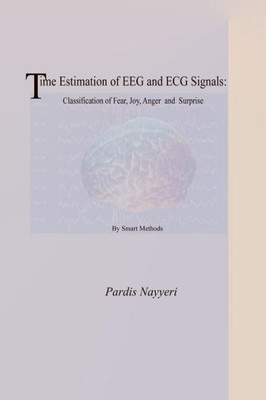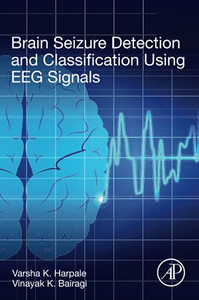Emotions are associated with every activity in our everyday life, playing a major part in non-verbal communication. Feelings may also affect the area of the brain that regulates thinking, reasoning, and decision. Deep emotions have specific physical reactions for instance raising the heart rate, face flushing, increasing the rate of the inhaling and exhaling, and increasing hypertension that are moving effects. There are numerous distressing elements that affect human's attention. In the past studies, researchers have proven that people in the negative and oftentimes positive psychological states may be diverted. Negative emotions are the reactions of the individual as a result of stressing situation. While positive emotions are the reactions of the individual as a result of happy and calm situations. Therefore, being able to quantify emotions is vital to the understanding of individual conduct. To develop a smart man-machine interface system that understands non-verbal details, for instance desire, feelings and emotions of individual, this research work aims to deliver an emotion detection system by using pattern recognition and classification methods. Electroencephalography (EEG) calculate each of the amplitude and frequency of electrical pulse produced by the human being brain. The advantages of making use of EEG to carry out experiments that are non-invasive, straightforward, fast, and low-cost. It is neither hurtful nor distressing or time consuming for the participants. Hence, EEG has turned into a desired technique in examining the brain's reactions to emotional stimulus. In this research work, a very common neural network has been applied to the EEG and ECG signals' frequency domain data, to be able to establish the suitable selection of parameters. The parameters can be derived by conducting several experiments on different subjects; some of these parameters are the overlapping rate, sampling length. The selection of parameters is normally much better and insightful this way. Lastly, research experiments are carried out to find significant characteristics that classify the 4 various emotions (Happy, Calm, Sad, and Fear). The initial step in modeling any phenomenon is data gathering. The experiment design is a vital step in acquiring meaningful data, therefore we need to institute methods that effectively stimulate emotions in a lab environment where we can record and gather meaningful data. In quantifying psychological Emotion Detection Using Physiological Signals EEG & ECG actions we are restricted to the study of observable expressions like vocal traits, gestures, facial expressions. These strategies are well-known in HCI as they make use of the same hints that people depend upon to identify and figure out emotional states. Furthermore, the majority of people exhibit similar expressions as a result of identical psychological stimuli that enables objective emotion notation.
- | Author: Pardis Nayyeri
- | Publisher: Createspace Independent Publishing Platform
- | Publication Date: Feb 14, 2017
- | Number of Pages: 168 pages
- | Language: Persian
- | Binding: Paperback
- | ISBN-10: 1542845203
- | ISBN-13: 9781542845205






